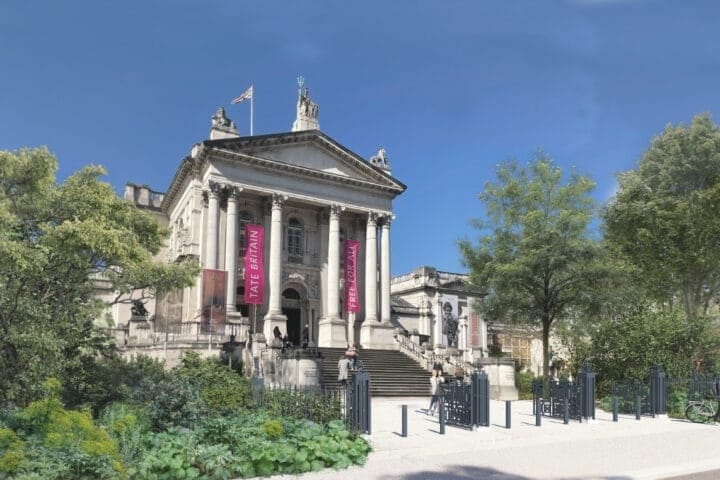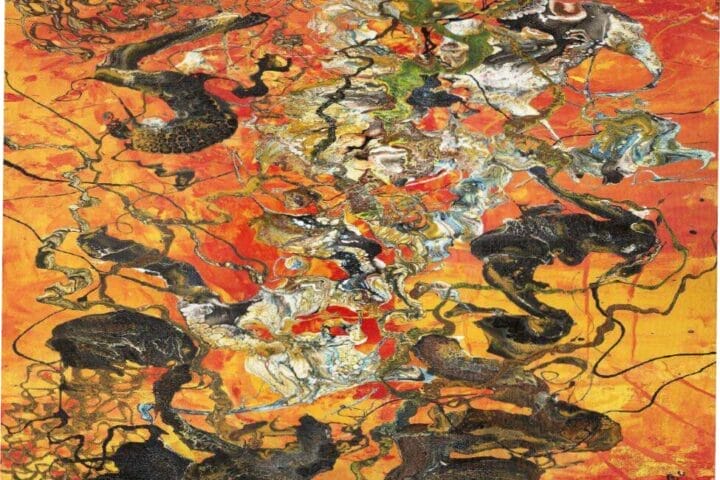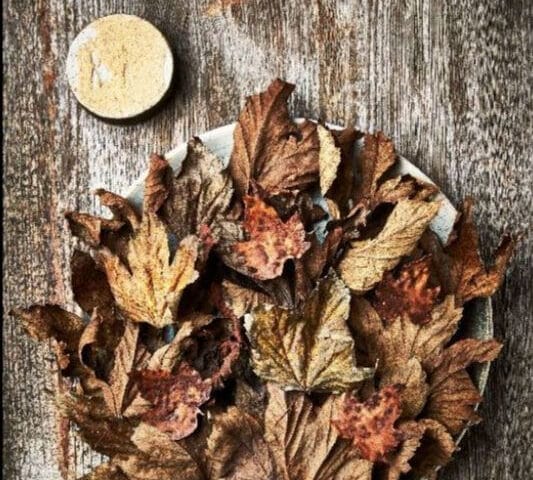Galerie Lelong & Co., New York, is pleased to present an online solo exhibition of works by the late Ficre Ghebreyesus, the gallery’s first with the artist. An expanded, physical exhibition of Ghebreyesus’s work will follow with a planned opening on September 10, 2020, marking his first major presentation in an art gallery.
Ghebreyesus passed away unexpectedly at the age of fifty in 2012, leaving behind a visual narrative and vernacular distinguishably his own. Borrowing the title of a work, Gate to the Blue suggests the significance of the color to Ghebreyesus, but also an opening to the boundless sea and sky; an entry point to the unknown which was a constant in the artist’s life. At age sixteen, Ghebreyesus fled Eritrea, East Africa during its War of Independence. Passing through multiple gates and seas, the artist traveled through Sudan, Italy, and Germany, before arriving in the United States. As an avid music enthusiast, the reference to his love of the blues is also doubly significant in their genesis—first originating through the journey of slaves over water and rooted in African musical traditions and spirituality.
In 2002, Ghebreyesus received his MFA from Yale University and was subsequently awarded the Carol Schlosberg Memorial Prize for Excellence in Painting at graduation. Referring to himself as a “conscious syncretist” in his application to the school, Ghebreyesus’s sustained celebration of life in spite of the challenges he faced is displayed in the more than 800 paintings he produced. The artist wrote: “Painting was the miracle, the final act of defiance through which I exorcised the pain and reclaimed my sense of place, my moral compass, and my love for life.”
Through a bright, joyful palette, Ghebreyesus shifts seamlessly between abstraction and representation. The artist’s notable use of translucent layers of acrylic melds the people he met, the religions and cultures he was exposed to, and alphabets of the eight languages he fluently spoke onto the canvas. In Mangia Libro (c. 2011), a morphing land and seascape surround a boy in yellow who reads a book clutched in his hands. The figure seems to float in the dream-like composition comprising windows and passageways in the background, while a whorl of iridescent green in the foreground hints at a body of water with rich biodiversity emerging from its surface. A reference to Eritrean textiles conveyed through a vibrant checkerboard pattern is slightly hidden towards the side. The work’s title “mangia libro” means “book-eater” in Italian. Having been Ghebreyesus’s nickname as a child, the painting commemorates the promising student whose education was halted by war.
Ghebreyesus also experimented with scale: from intimate foot-length paintings such as Gate to the Blue (c. 2002–2007) to monumental works reminiscent of religious frescoes. In particular, The Sardine Fisherman’s Funeral (2002)—the largest painting in this exhibition at fifteen feet wide—pays homage to the Ghanaian tradition of crafting coffins to reflect a person’s vocation, where such coffins are also seen as a final gift from the family to the deceased. At the top of the painting, angels in the style of 19th century Coptic Christian iconography bear mosaic wings that allude to the architecture of Islamic mosques. Readily incorporating references from various nations of the African continent in his work, Ghebreyesus’s paintings suggest a pan-Africa, a yearning on his part as a member of the African diaspora.









